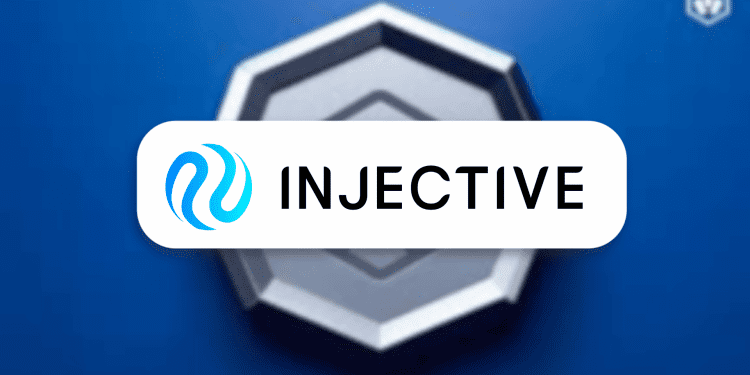- Injective, a decentralized exchange protocol, is underperforming in crypto markets but now plans to launch a Layer-3 chain called “inEVM” on Arbitrum
- inEVM aims to connect the Ethereum, Cosmos, and Solana networks, utilizing Arbitrum’s Orbit toolkit
- The article provides details on Injective’s metadata and social media previews for the news
Injective Labs, a blockchain built to power decentralized finance applications, will rely on Arbitrum‘s Orbit toolkit to build its “inEVM” network. inEVM connects the Ethereum, Cosmos, and Solana networks.
Details on Injective and Arbitrum
Injective Protocol is a layer-2 decentralized exchange and DeFi platform that aims to make decentralized finance accessible to everyone. The protocol uses an order book model and supports trading between all major layer-1 blockchains.
Arbitrum is a leading layer-2 scaling solution for Ethereum. It uses optimistic rollups to bundle transactions off-chain and submit the validity proofs to Ethereum. This improves scalability by reducing load on the root chain.
Orbit is Arbitrum’s interoperability protocol that allows moving assets between different Arbitrum networks. It will enable Injective to connect with the wider Arbitrum ecosystem.
Benefits of Collaboration
By building on Arbitrum, Injective will be able to leverage the security of Ethereum while benefiting from the scaling capabilities of a layer-2.
Arbitrum’s community of developers and applications will also open up opportunities for collaboration. Projects building on Arbitrum will be able to integrate with Injective’s order book infrastructure.
Injective co-founder Mirza Uddin sees Arbitrum as a key pillar for the multi-chain future of finance. He believes that leveraging Orbit can accelerate adoption of Injective across different chains.
The Injective Chain
Injective plans to launch its EVM-compatible chain later this year. The chain will support Solidity smart contracts and Ethereum tooling.
By using Arbitrum’s Orbit bridge, Injective will be able to move liquidity and data between its sovereign chain, Ethereum mainnet, and other potential layer-1s.
Injective expects these capabilities to drive new innovations in decentralized trading, lending, derivatives and more. The project aims to build a fully decentralized and interoperable finance system.
Conclusion
The collaboration between Injective and Arbitrum brings together expertise in decentralized exchanges and layer-2 scaling. Building on Arbitrum’s developer ecosystem can help drive adoption for Injective across different blockchains.
As more projects adopt layer-2 scaling solutions, interoperability will be key to providing a seamless user experience. Injective’s use of Orbit is an early example of how to build bridges between layer-2s and connect into the wider Ethereum ecosystem.














